

Situated north of Mt. Taishan, Lingyan Temple hides in the lofty ridges and towering mountains. It was first founded in the Eastern Jin Dynasty (317-420), famous in the Northern Wei Period (386-543), prosperous in the Tang (618-907), Song (960-1279), Jin (1115-1234) and Ming (1368-1644) dynasties. Lingyan Temple is known as the head of “ Four of China's Best Temples”, the other three being: Guoqing Temple in Tiantai, Zhejiang Province, Qixia Temple in Nanjing, Yuquan Temple in Jiangling.
Lingyan Temple is one of the major historical and cultural sites under state protection. Inside the temple, there are magnificent ancient buildings and profuse historical relics. Constructed against the mountain, the temple consists in 36 halls and 18 pavilions. Main cultural and historical spots include Thousand Buddha Hall with 40 Song dynasty clay statues, Pizhi Tower, Tomb Tower Forest, Huichong Tower, Jicui Zhengming Hall, Daxiong Hall, Imperial Library, carved stones and tablets through the ages.

Around the Temple are grotesque and graceful hills which constitute a secluded scenery with elegant springs and stones. You find resorts everywhere in this area, such as Lingyan best spot, Ten Miles Pine, Winding Sandalwood, Dropping Cliff, Lingpi Peak, White Cloud Cave, One Line of Sky, Langgong Stone, Kegong Bed, etc. In the Temple area, there are more than ten springs such as Sweet Spring, Zhuoxi Spring, White Crane Spring, Couple Crane Spring, Kasaya Spring, etc.
Lingyan Temple attracts countless tourists by its unique grace. Scholars and Poets through the ages climbed up and chanted poems or left calligraphy. When Emperor Qianlong of the Qing dynasty went on an imperial tour of the Southland, he stayed at Lingyan Temple eight times and left calligraphies. Wang Shizhen, the scholar of Ming dynasty chanted after touring: “Your visit to Mountain Tai is not complete if you do not come to Lingyan Temple.”
Today, new colors have been added to the old Temple. A Sino –Singapore funded aquarium and butterfly hall. Tourists can watch fish swimming in the Kasaya Spring among the sunset–bathed sights. The old-time atmosphere of Sanskrit singing with bell sounds will also come again. For your accommodation, three high standard hotels are constructed here, which provide more than 400 beds, 20 large and small meeting rooms, 5 Cara Ok dancing halls, 30 dining halls with 1000 seats, fast food bars and service shops for souvenirs. The place has become an ideal place for touring, entertainment and shopping.


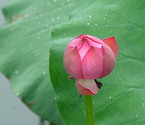
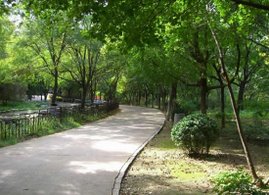
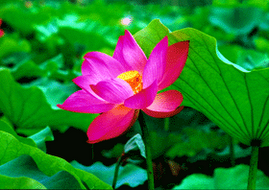
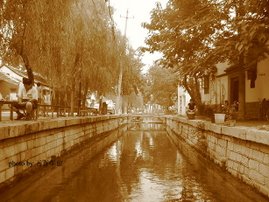
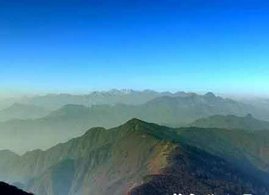
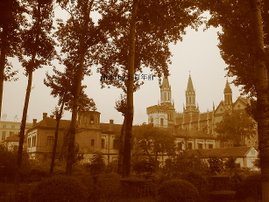
No comments:
Post a Comment